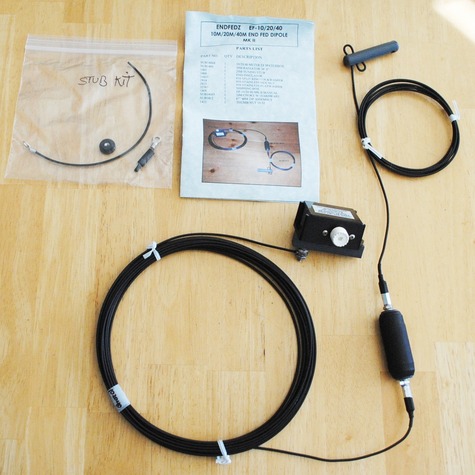At last, and only 3 months late, OFCOM have renewed my NoV for 8.7-9.1kHz VLF operation.
Currently I am "in negotiation" with OFCOM on another matter mentioned a few days ago.
In the next few months I want to do some QRPp
radiated tests with the earth-electrode antennas at some frequencies between 9kHz and 137kHz. Ideally this would be around 35-45kHz and 70-80kHz, where I can find a quiet spot without any activity from primary users like the Ministry of Defence. With QRSS, continuous carrier or WSPR and with an EIRP of around 10uW it should be interesting. Tests on 137kHz suggest this power is enough to see a radiated signal out to at least 25km locally with an E-field probe on the car, which would allow me to check coverage and polar plot. On the lower frequencies this may be limited to just 5-10km, but that would be OK.
But, OFCOM say they will
not grant me licence-exempt permission to operate in this part of the spectrum, even at the miniscule powers and bandwidth (uWs and a few Hz).
They say they would HAVE to consult with the primary users and this would take months. They suggest instead I apply for a Non Operational (Test and Development) Licence, but does that not need primary user approval too? Problem is
this licence costs £50 a year, which sounds like total overkill when the risk of me interfering with anyone is about as likely as me winning the lottery or landing on the moon when I jump.
Now, I could just go ahead and do the tests anyway knowing I will not cause anyone a problem. Really this is not the way it should be and anyway I'd like to publish the results later. Hardly possible if I don't do things with OFCOM's approval. I am hoping that the good people at OFCOM will see that this is worthwhile amateur research, it won't cause ANY issues and they will soon say, "go ahead on the strict understanding that if you cause any harmful interference to primary users you close down immediately, but at that power, no licence needed." I have written back to OFCOM again this evening making this case and we'll what transpires. I also suggested issuing me a one-off NoV, but they say they won't!
Many of you will be saying, "why not just do it". If the powers that be really cannot see sense, then maybe I may have no other option.


























